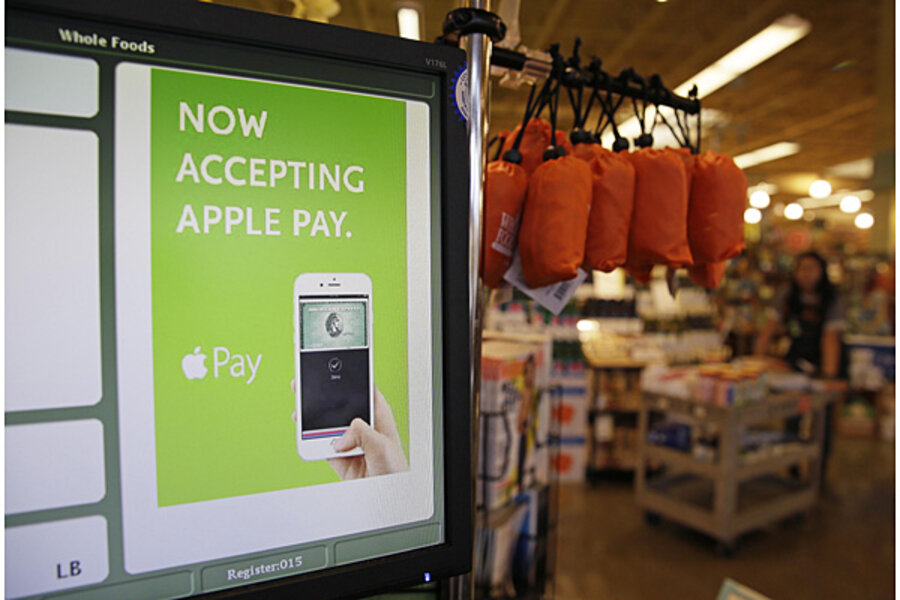To fully use Apple Pay, you'll need an iPhone 6 or iPhone 6 Plus with iOS 8.1, a free software update released Monday. You'll also get some online-only features with the iPad Air 2 and iPad Mini 3 coming out later this week. Older devices won't work, even with the 8.1 update.
You'll also need a credit card that works with Apple Pay. Major credit card issuers such as American Express, Bank of America, Capital One, Chase, Citibank and Wells Fargo are backing Apple Pay. Apple says more than 500 banks are participating, representing about 83 percent of the card volume in the U.S.
To get started, use the Passbook app or go to "Passbook & Apple Pay" in the settings.






